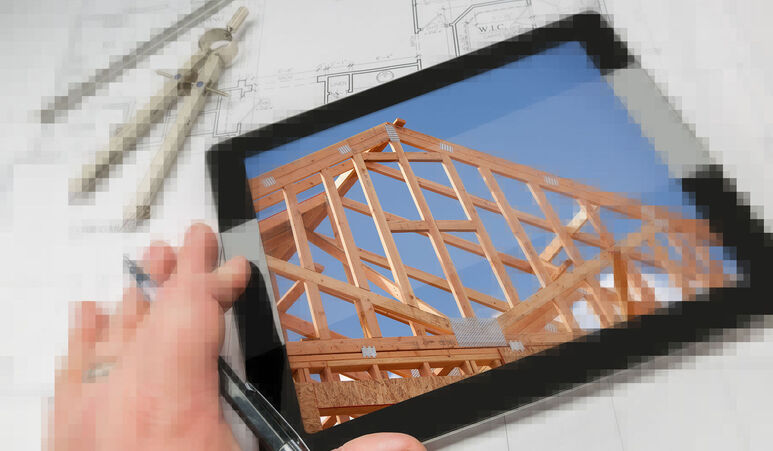The future of planning and building is also digital. In the long term, digital planning methods, such as Building Information Modeling (BIM), will enable greater cost transparency, efficiency and sustainability of building – building starts out virtual before becoming real.
Contractors, architects and engineers are only some of the stakeholders who can be jointly involved in the development and execution of construction projects. In the construction industry, these are mostly small and medium-sized enterprises. Precise and close coordination of the parties is vital in order to successfully master such projects. In view of time and cost pressure, conventional planning methods are no longer suitable for handling complex construction projects, in particular.
The process must be digitalised in order to ensure cost transparency and an adequate return. The ‘Building Information Modeling’ (BIM) method is to be used for construction projects where all architectural, technical, physical and functional data of the construction project is combined to create a model. The digital model can then be used to manage this information which is to be shared by all parties involved in the project. Permanent synchronisation ensures that all the relevant data is immediately available, the data quality is improved and the exchange of information between all the parties involved in the planning process is significantly enhanced.
BIM is thus an important opportunity for the joint task of building. At the same time, BIM is also a major challenge especially for small and medium-sized planners, contractors and crafts businesses. The federal state government will support the construction industry in its digitalisation efforts and integrate Building Information Modeling into its digitalisation strategy.
Contact person
Dipl.-Ing. Alexander Kuhn
c/o Ed. Züblin AGKoordinierungskreis BIM CLUSTER Stuttgart
Albstadtweg 5
70567 Stuttgart
 info@bimcluster.de
info@bimcluster.de Website
Website